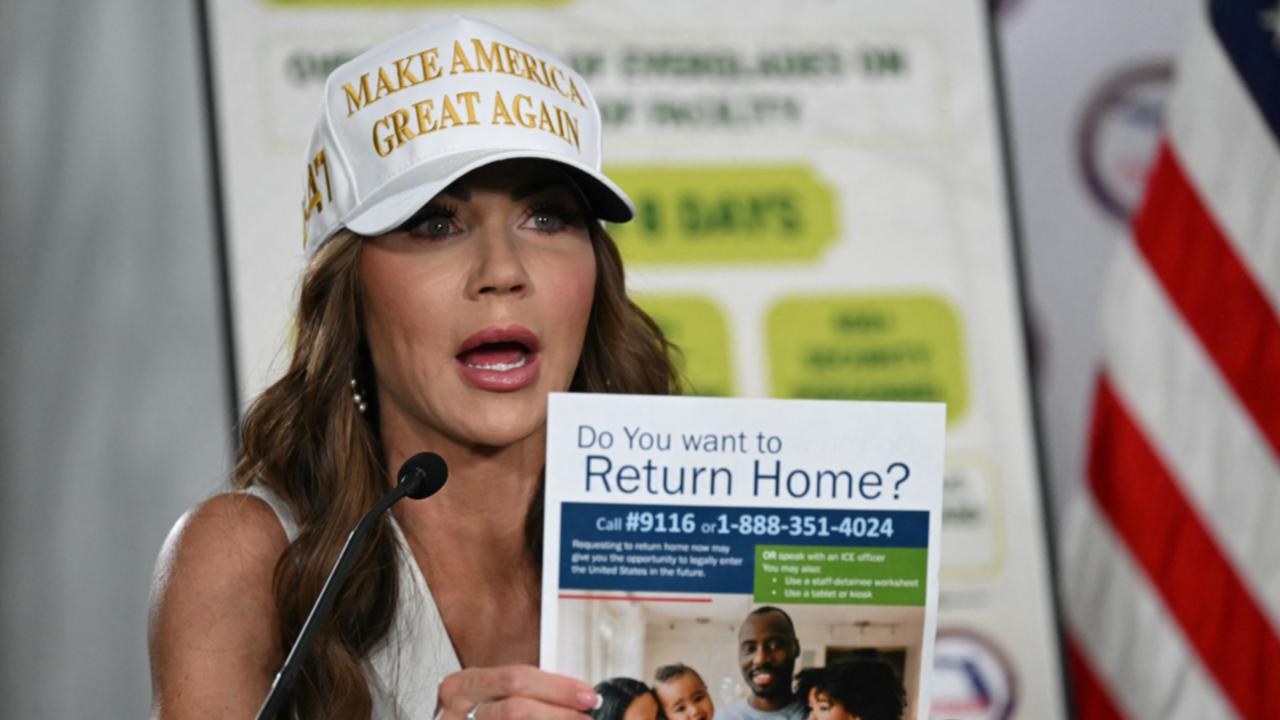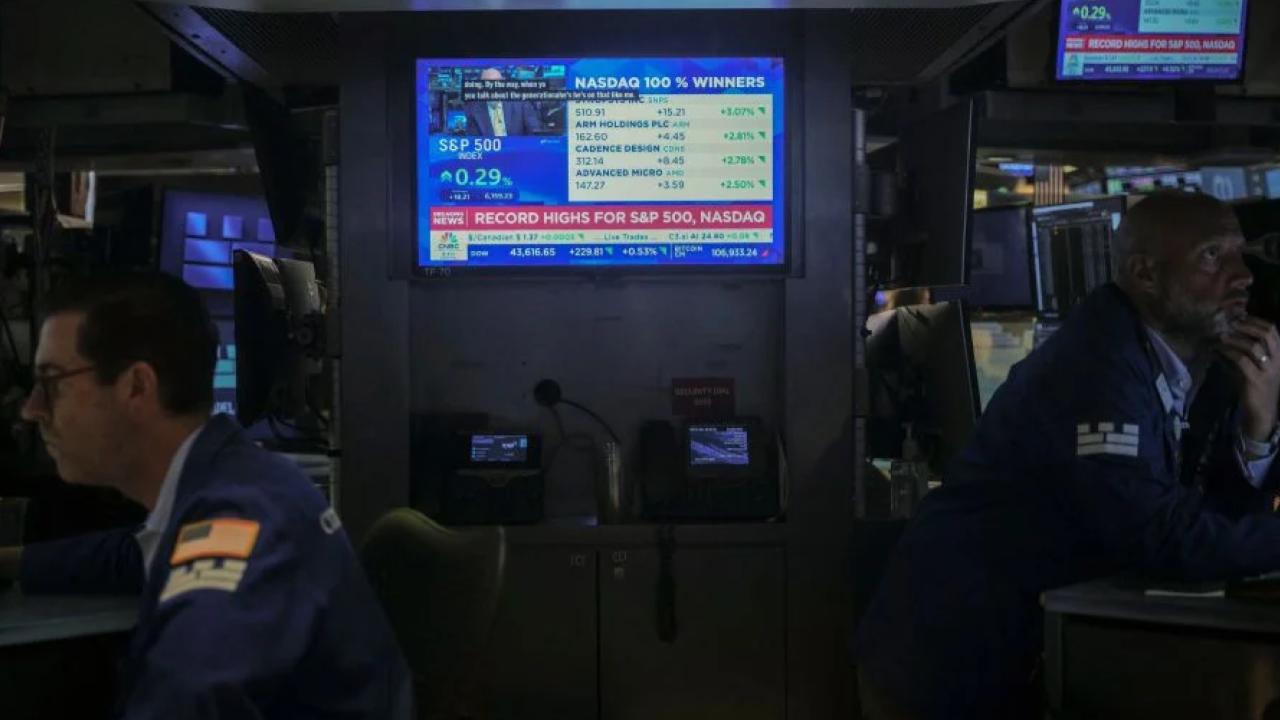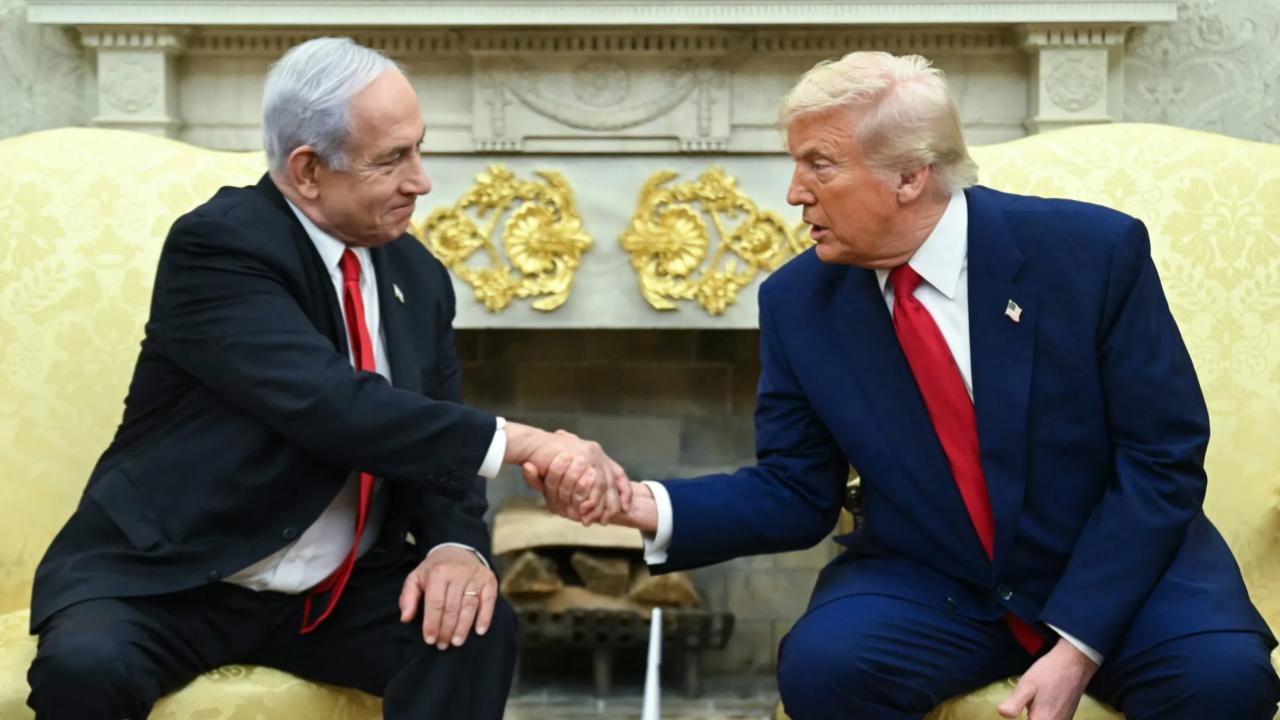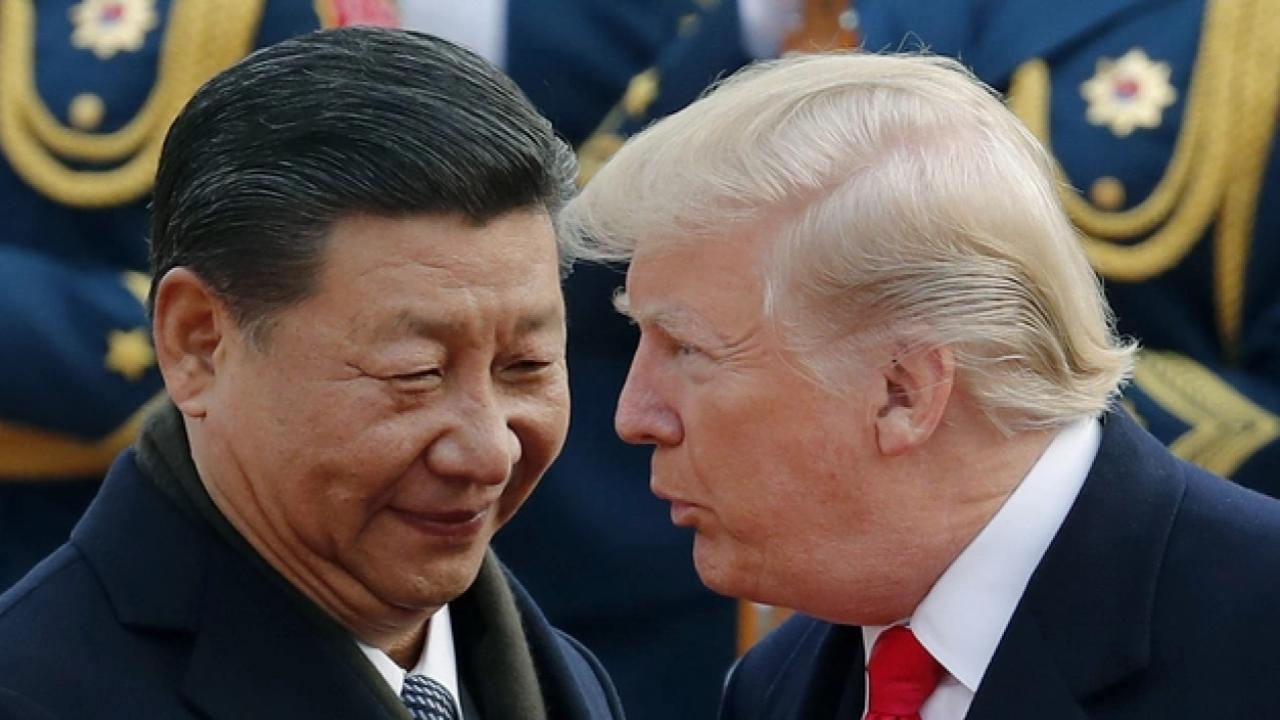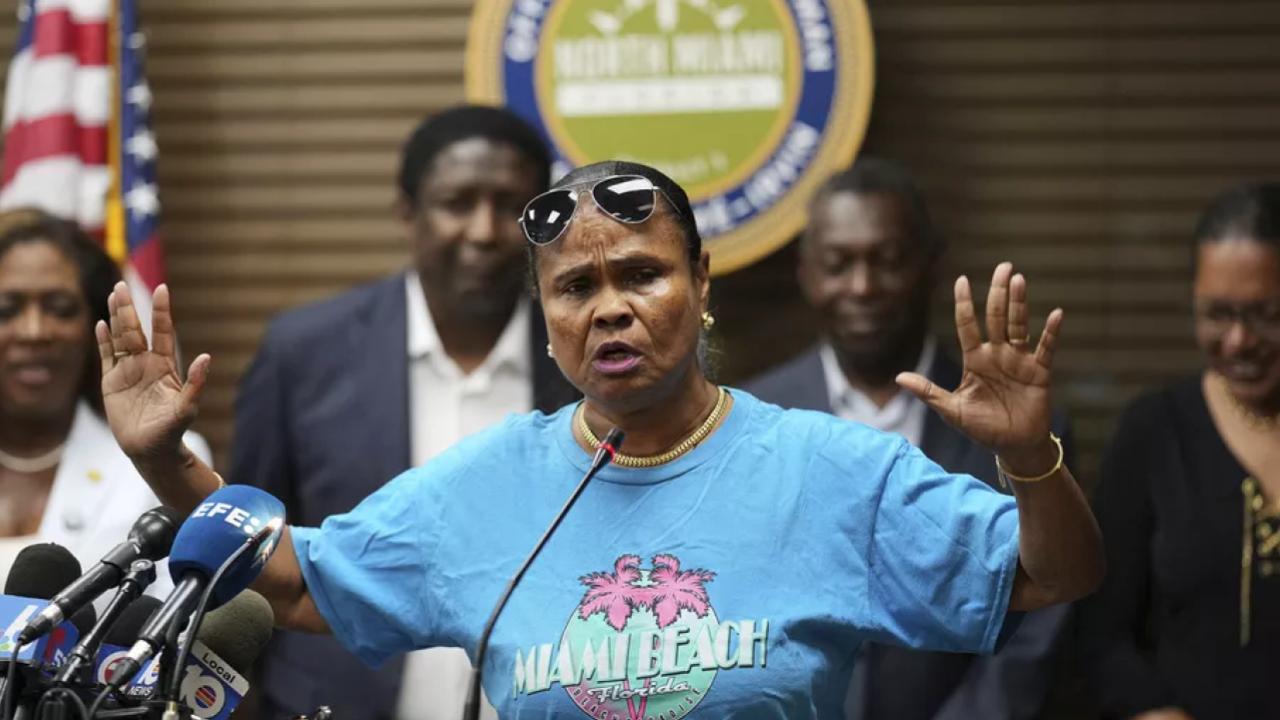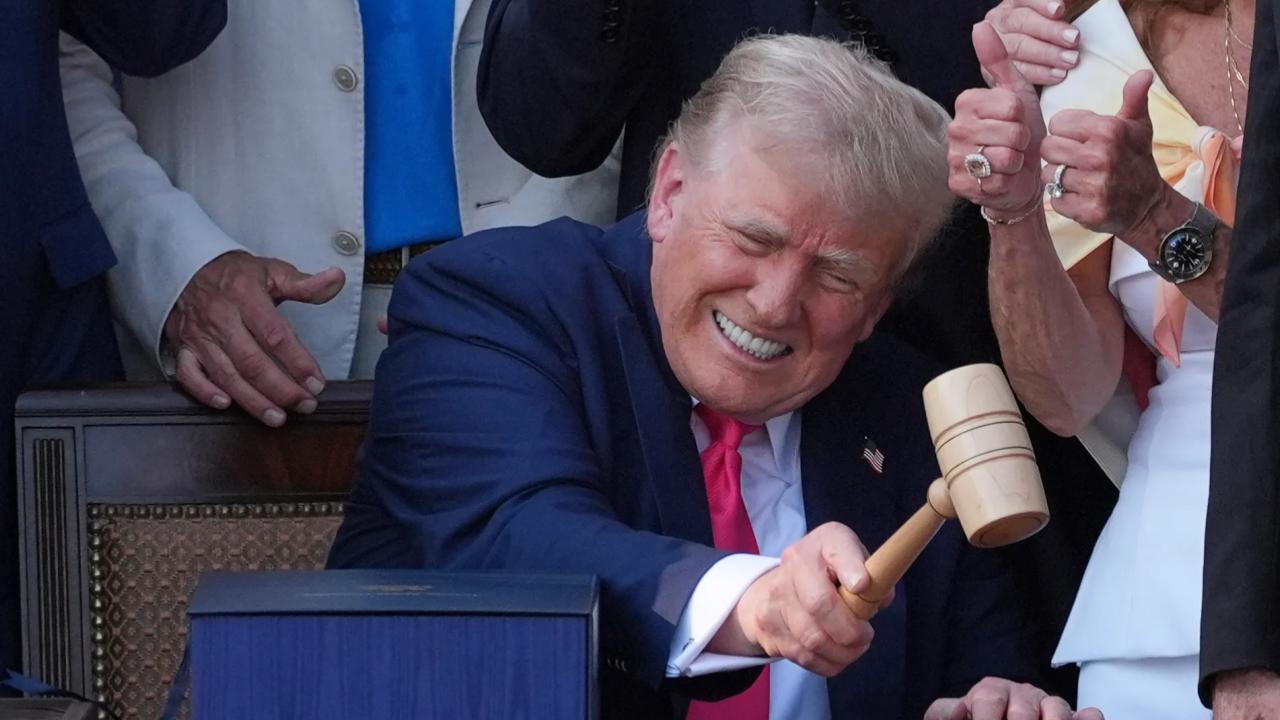Get ready for round two. The U.S. Treasury has confirmed that April-level tariffs—including duties as steep as 70% on some imports—will return on August 1 if countries fail to reach new trade agreements. That warning came directly from Treasury Secretary Scott Bessent, who said the 90-day pause on President Trump’s aggressive “Liberation Day” tariff regime won’t be extended.
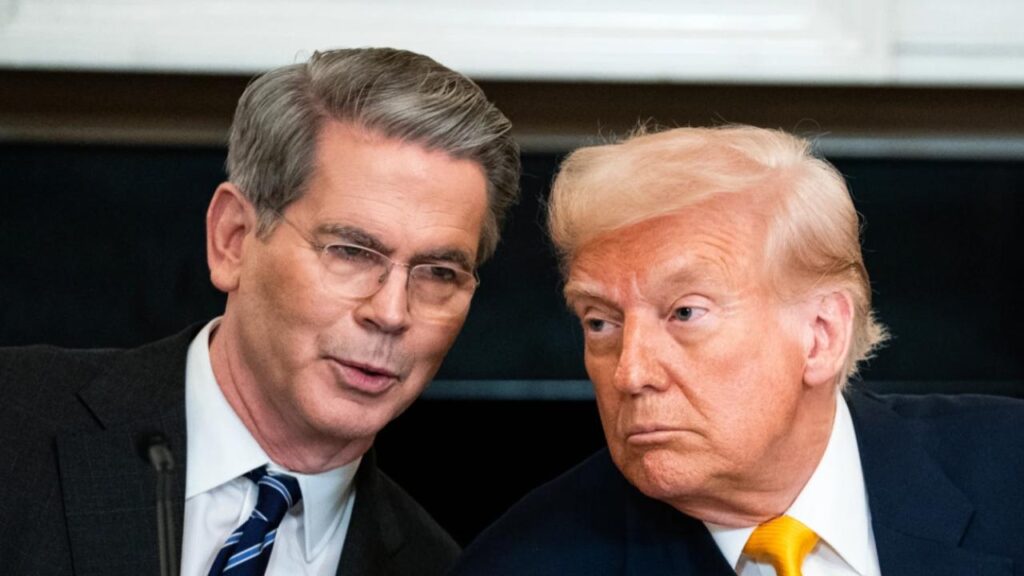
Tariff Shock: Countries to Face April-Level Rates Again by August 1
| Insight | Stat/Detail |
|---|---|
| U.S. baseline tariff | 10% on nearly all imports |
| Maximum penalty tariff | Up to 70% for select goods |
| Corporate impact | $82B in extra costs |
| Deadline | August 1 |
What Happened: The April Tariff Shock
Back in April, President Trump imposed sweeping import tariffs under the “Liberation Day” directive: a 10% baseline on almost everything, with additional surcharges up to 50% or 70% on certain goods from countries seen as “trade noncompliant.” That policy caused a brief global stock selloff and panic buying across industrial supply chains.
In response to international outcry, the White House agreed to a 90-day delay on full implementation, giving countries a window to negotiate new trade terms. That pause ends July 9.
August 1: No More Extensions
“The President has been clear: This is a one-time deferral,” Bessent said at a press conference. “If we don’t have deals in place by July 31, countries will face the April-level tariffs on August 1.” This warning confirms what many trade insiders feared: The reprieve is over.
According to Deutsche Welle, the reinstated tariffs would affect categories ranging from auto parts and metals to consumer electronics and textiles, triggering fresh supply chain disruptions.
Who’s in the Hot Seat
Several countries are racing the clock:
- EU: Negotiating limited reciprocal cuts. Focus is on autos, luxury goods.
- Japan: Still stalling on rice and car tariffs. Trump wants 25% on Japanese autos if no deal.
- India, Indonesia, Thailand: Talks have made slow progress.
- South Korea: Trying to extend a digital trade pact to meet reciprocity.
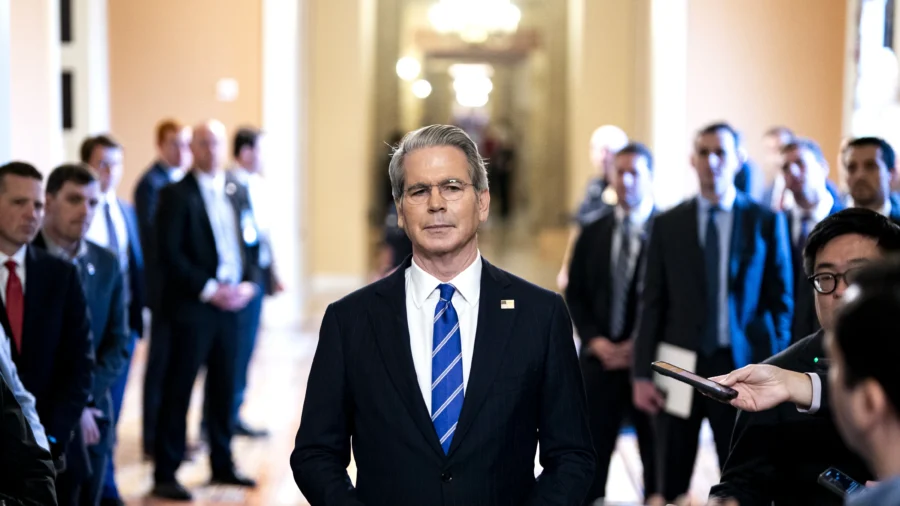
“This is basically a ‘comply or pay’ ultimatum,” said Janet Howard, senior fellow at the Atlantic Trade Forum. “Countries either meet U.S. reciprocity thresholds or face brutal tariffs.”
Domestic Economic Fallout
U.S. businesses are already bracing for another round of economic turbulence. JPMorgan estimates an $82 billion hit to corporate America if no deals are made. That would likely trigger:
- Higher prices for vehicles, machinery, electronics
- Supply shortages
- Delayed capital investments
The Federal Reserve has warned that renewed tariff inflation could derail any future interest rate cuts. “We’re watching this very closely,” said Fed Chair Jerome Powell during a June press briefing.
What Countries Can Do Now
| Action | Goal | Example |
|---|---|---|
| Fast-track deals | Lock in 10% baseline tariff | UK-EU style limited scope deal |
| Sector exemptions | Protect sensitive areas | Auto carve-out for Japan |
| Diversify sourcing | Hedge cost surges | Southeast Asia supply rebalancing |
Negotiators are expected to work round the clock through July. But progress has been inconsistent. As a U.S. trade correspondent who covered the 2018–19 China tariff war, I can say: Deadlines matter. Markets don’t wait.
What to Watch
- July 9: Pause officially ends
- Mid-July: Likely wave of final trade deal announcements
- August 1: Tariffs return for any country without a formal agreement
The White House has signaled flexibility for “close allies,” but there’s no public list of exemptions. For now, every nation remains on notice.

